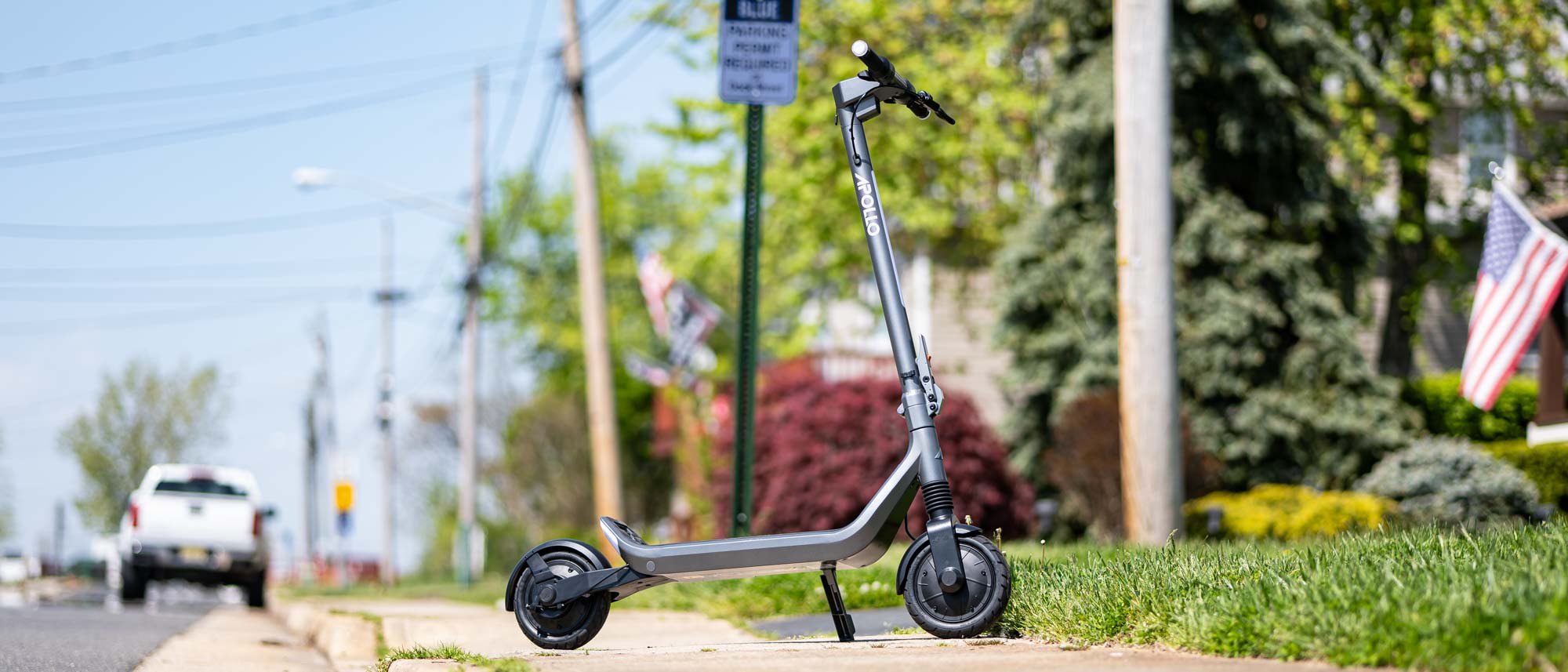Tom's Guide Verdict
Whether it's getting you to places for work or a weekend joy ride, the Apollo Go blends a smooth ride and rich features to make it a great ride for any experience level.
Pros
- +
Premium design
- +
Smooth ride
- +
Customizable ride settings
- +
Good range
Cons
- -
Unfolding mechanism can be finicky
- -
It's on the heavier side
Why you can trust Tom's Guide
Size (unfolded): 49 x 46.5 x 20.5 inches
Motor: 350W x2
Max. speed: 28 mph
Battery: 36V 15 Ah
Max range: 30 miles
Weight: 46 pounds
Max rider weight: 265 pounds
I’ve been riding electric scooters through the streets of New York City as far back as 2017, when food delivery people were still using regular bikes and roasting during those summer months. Since then, I’ve been leaning on commuter electric scooters since they offer just the right balance of portability and range.
That’s what makes the Apollo Go appealing to me — it's an electric scooter that could reliably get me to and from work in no time at all. I’ve been riding it for the past couple of weeks now, getting a good feel of what it has to offer for the everyday commuter. There are clearly must-haves on my list when it comes to commuter scooters, so I’ll share them throughout this Apollo Go review.
Apollo Go review: Price and availability
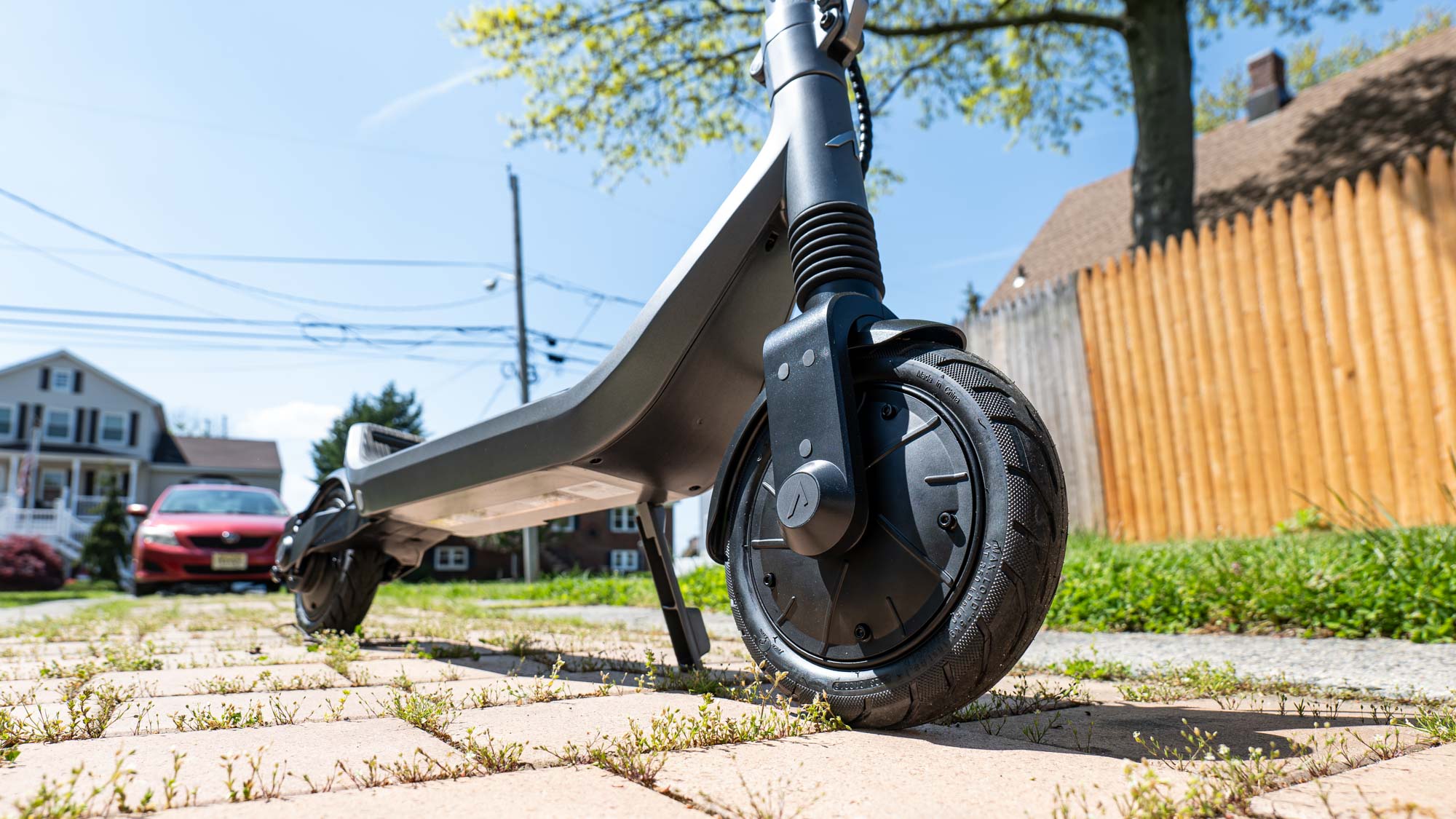
The Apollo Go costs $1,299 and sits somewhat in the middle of the company’s electric scooter lineup, scrunched in between the $999 Apollo Air and $1,799 Apollo City; the Apollo Phantom tops them all at $2,399. For a limited time, you can get the Apollo Go for $1,199, which pretty much puts it in line with commuter scooters I’ve used like the InMotion S1 and Fluidfreeride Mosquito.
The Apollo Go went on sale back in February through Apollo directly, so if you’re interested in snatching it up, that's the only place you’ll be able to buy it. But do expect to pay up for the Go. I think it’s a fair price given the Apollo Go's features set and solid construction.
Apollo Go review: Design
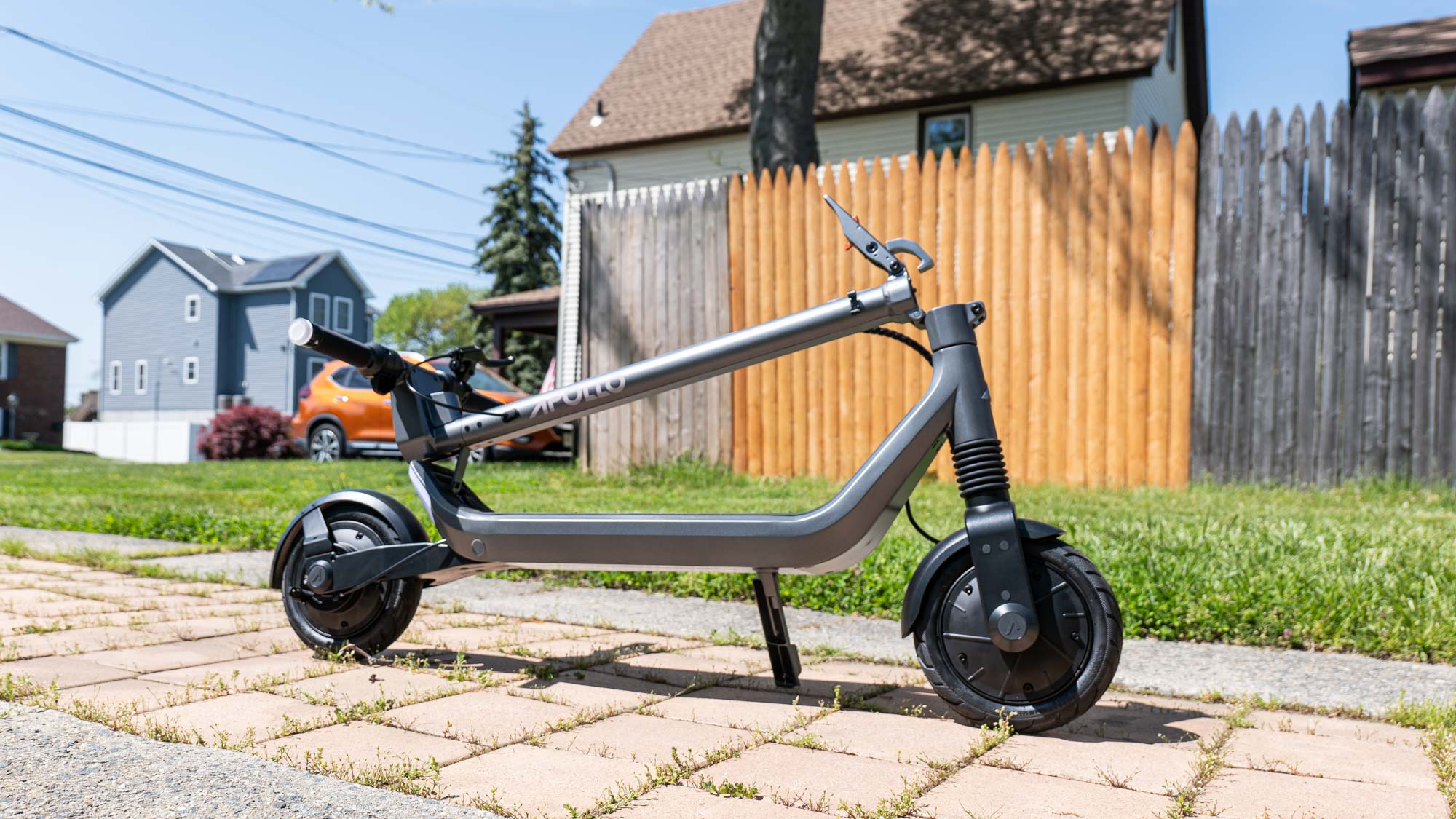
I’ll be straight to the point: the Apollo Go isn’t my kind of commuter scooter. That’s because I prefer something much lighter — less than 30 pounds, preferably, because it’s a chore trying to lug around anything heavier up and down stairs. The Apollo Go tips the scales in at a heftier 46 pounds.
On top of that, it doesn’t fold up as compactly to fit underneath the seats in most train cars I ride each day. While the Apollo Go doesn’t have the qualities I want in a commuter scooter, though, I see a lot of other people who carry similarly sized scooters on their commute.
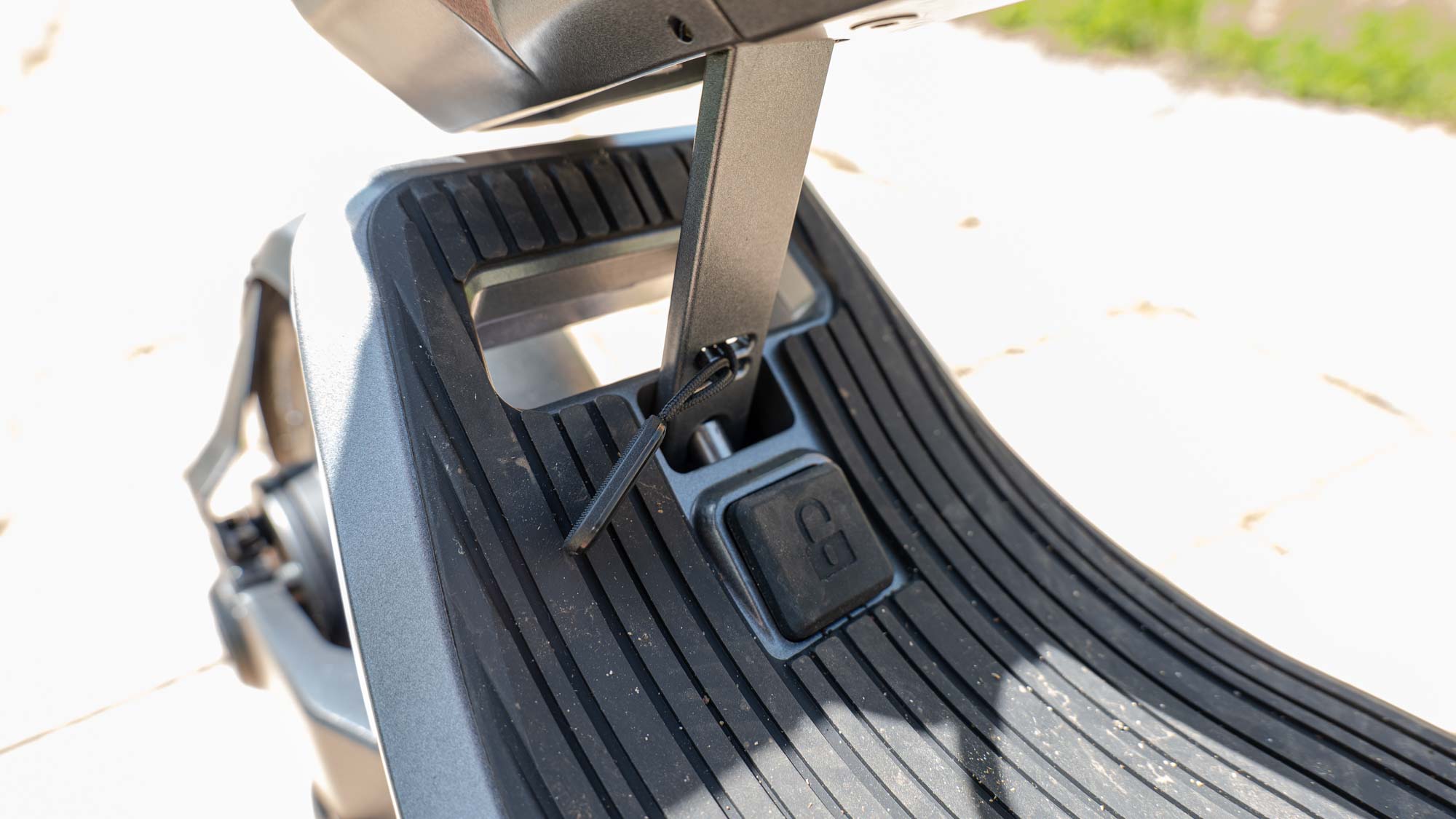
I think of the Apollo Go more as an all-around scooter, the kind that’s perfect for beginners and those that want a smooth ride. And I think Apollo does a nice job of that here.
For starters, the Go's build quality is impeccable, clearly better than most of the electric scooters I’ve used. The choice of materials feel and look premium, down to small details like the Apollo Go's 360-degree lighting, IP66 water resistance rating, and self-healing tires that are lined with PunctureGuard gel.
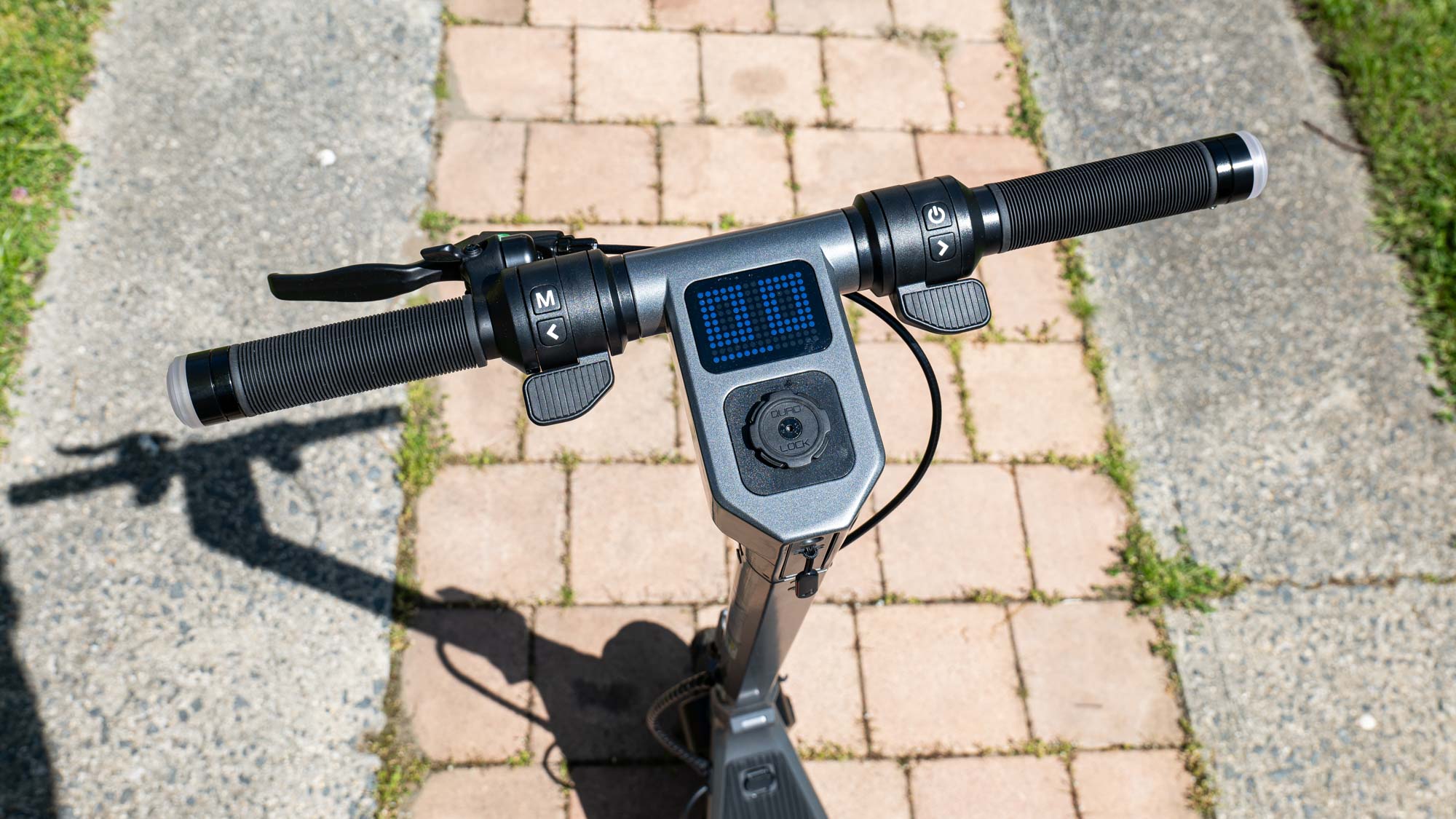
I have confidence that the Apollo Go would hold up well over the years due to its premium materials and solid construction. My only criticism about the design is the clunky folding mechanism. Sometimes the latch that fastens the handlebars to the board requires a jiggle in order to dislodge. I prefer something that’s more intuitive and quicker to release.
Apollo Go review: Performance
On my first ride, I was struck by the Apollo Go's slower acceleration, but I later found out that it, along with the braking, could be tweaked in the app to bring things more in line with my preference.
I will say that the Apollo Go rides oh-so smooth, thanks in part to its Airflow system that eases the impact of bumps in the road. Additionally, I want to mention how its solid construction gives it a maximum rider load of 265 pounds.
I took the Apollo Go on a much longer spin through the Henry Hudson Trail that hugs the Jersey coast — about an 8-mile stretch — and it was a smooth ride throughout. While the Apollo Go does have a handle brake on the left handle bar, I mainly relied on the regenerating braking control because it moderately applies the brakes, whereas it feels much more jarring with the Mosquito.
Turning could be a little wider, but I guess that’s because I’ve grown accustomed to the Mosquito’s handling. However, I think the Apollo Go offers that perfect balance to rideability and comfort for first-time riders.
Apollo Go review: Battery life and range
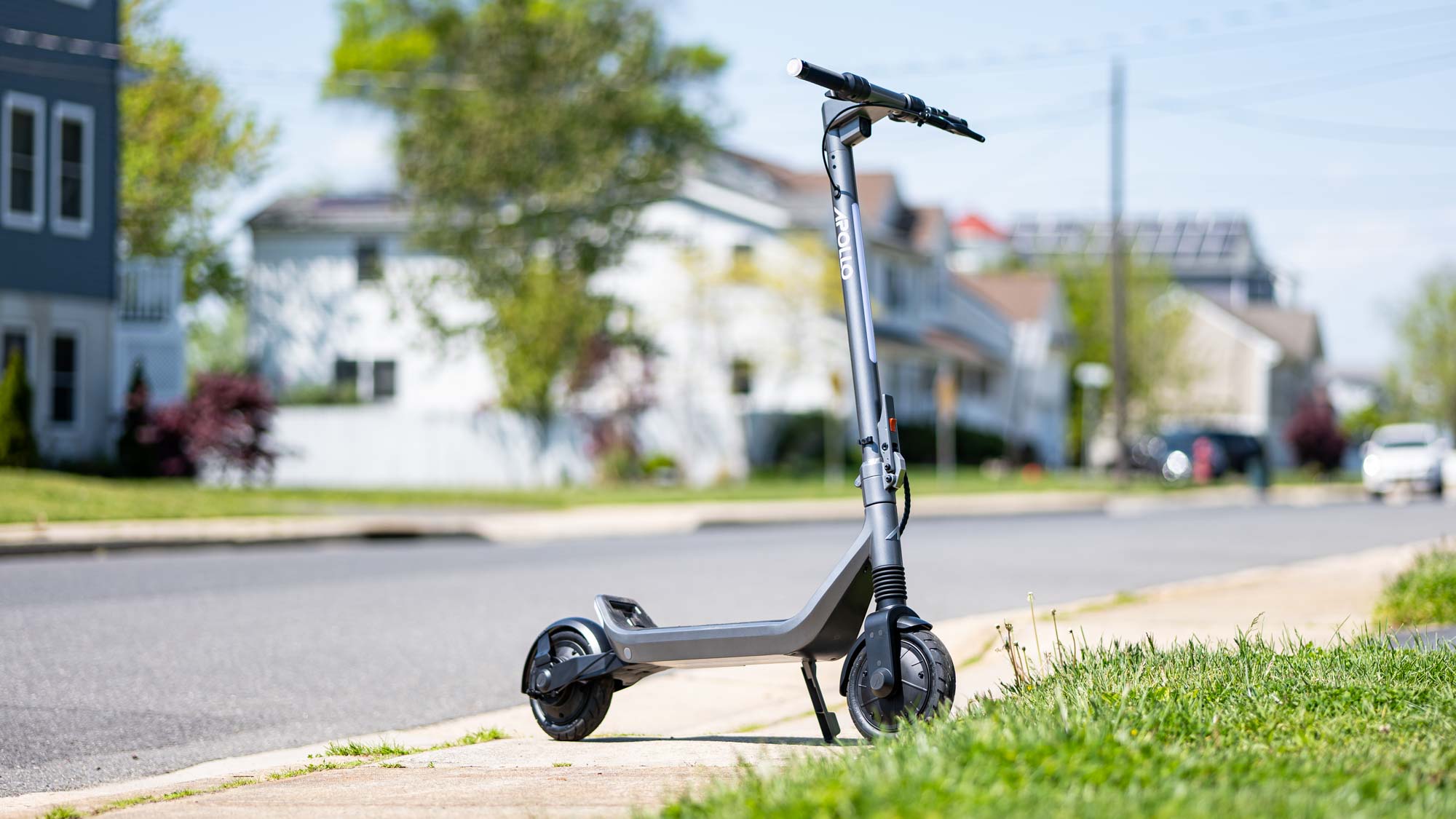
Naturally, there are several factors that impact a scooter's battery life, so being gentle with the braking and acceleration will yield longer times between charges. Apollo has it rated for a range of 20 to 30 miles with a top speed of 28 mph, which I think is about what I expect for this kind of scooter.
The Go is definitely better than the Apollo Air if distance is your priority, while the Apollo City and Phantom go farther at 43 and 50 miles respectively.
In my ride through the Henry Hudson Trail, I kept the Go's acceleration in the middle setting and cruised at around 20 mph for most of the time. Once I got back home, I noticed the scooter's battery level went down by 28%, so it almost reached Apollo’s rating.
I still think the Apollo Go is pretty good on battery life, but my ride didn’t involve a lot of inclines, which ultimately isn’t as taxing on the battery.
Apollo Go review: Apollo app
Call it the most underrated part of the Apollo Go, but the companion app unlocks even more features. The most important has to be the ability to lock the scooter when it’s not being used. I accidentally put it into lock mode and didn’t realize what the default code was, so the wheels pretty much locked up. This is a handy safety feature if you intend on locking it up somewhere because a potential snatcher will come to realize the scooter's not rideable unless it’s unlocked.
Secondly, the app also keeps track of the scooter’s many statistics — like its average speed during a ride — and logs a history of them. And like I mentioned earlier, the app lets me customize many of the Apollo Go’s settings, such as its cruise control speed and acceleration. These are great touches that I don’t find in other scooters, so I do like how its ride can be tuned to specific preferences.
Apollo Go review: Verdict
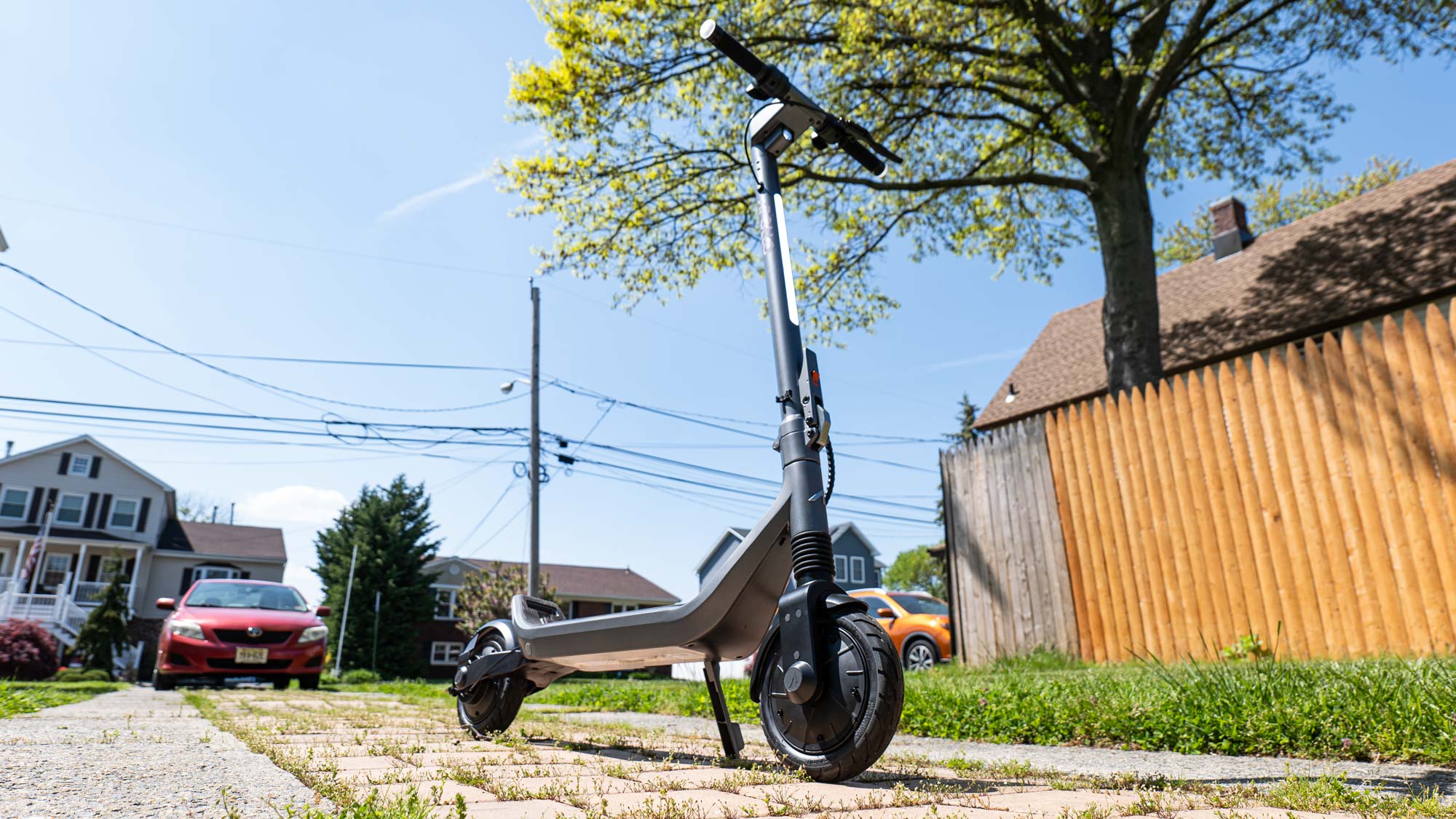
If there’s a scooter that I want to introduce to someone who’s never ridden one before, the Apollo Go is definitely it. While it could suffice as a commuter scooter for some, I think of it more as an all-around, everyday scooter for any experience level to get them to confidently get around on their first ride.
The Apollo Go is arguably one of the best electric scooters I’ve used for comfort and rideability. Add to that its premium construction, custom settings, great range, and safety features, it’s the kind of scooter that makes you feel like you’re getting an iPhone — something you know that’s reliable with excellent performance.

John’s a senior editor covering phones for Tom’s Guide. He’s no stranger in this area having covered mobile phones and gadgets since 2008 when he started his career. On top of his editor duties, he’s a seasoned videographer being in front and behind the camera producing YouTube videos. Previously, he held editor roles with PhoneArena, Android Authority, Digital Trends, and SPY. Outside of tech, he enjoys producing mini documentaries and fun social clips for small businesses, enjoying the beach life at the Jersey Shore, and recently becoming a first time homeowner.
